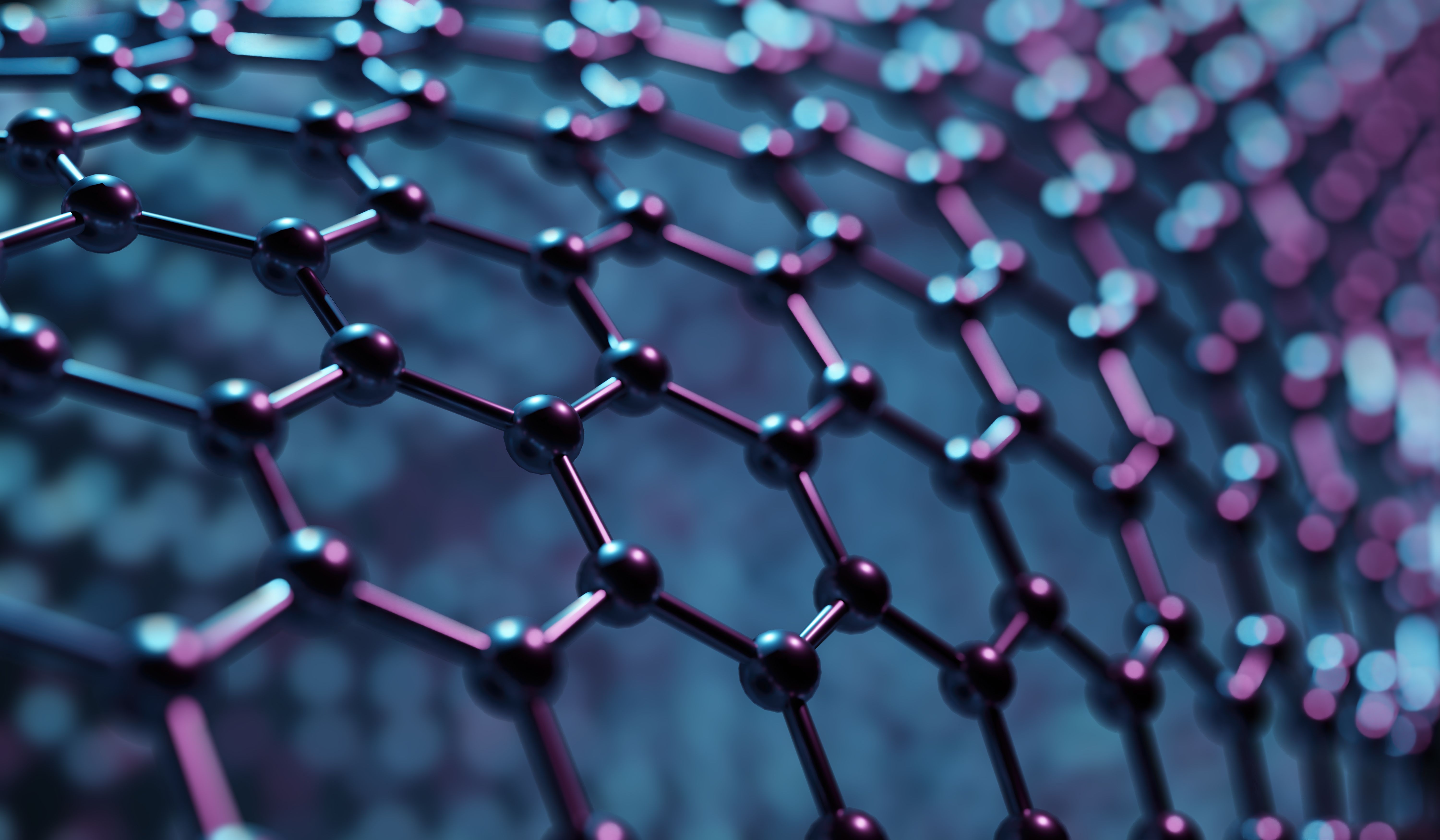Article Highlights
- Electroceramics, initially recognized for high electrical resistivity, have evolved to possess diverse applications in electrical, optical, and magnetic fields.
- Recent advancements in electroceramics have led to the integration of Raman spectroscopy, traditionally underutilized in this field due to inherent complexities in material structure and properties.
- Experimental developments address challenges such as spectral broadening due to defects and disorder, enhancing the applicability of Raman spectroscopy in electroceramics.
- Theoretical improvements hold promise for enhanced spatial resolution and chemical analysis capabilities.
Electroceramics is a growing field. Electroceramics are advanced ceramic materials with diverse applications in electrical, optical, and magnetic fields. Initially recognized for their high electrical resistivity, they were used for insulating purposes in power lines (1). However, their potential properties expanded significantly over time. Certain types, like fast ion conductors, have become pivotal in fuel cells, batteries, and sensors. Others, like silicon carbide, serve as heating elements in high-temperature environments. Many electroceramics possess high negative temperature coefficients of resistivity, making them valuable as temperature indicators (1). They are utilized in various applications such as substrates for integrated circuits, capacitors, transformer cores, and piezoelectric transducers for microphones. Additionally, some electroceramics exhibit optical phenomena like luminescence and lasing, enabling their use in lighting and laser technologies (1). Moreover, those with modifiable optical properties under electric fields find application in optical communications as modulators and switches.
However, there has been a shift in this space, and Raman spectroscopy is becoming more intertwined with electroceramics. A recent review article published in Communications Materials explores the most significant advancements in electroceramics by applying Raman spectroscopy. The review article, written by Marco Deluca and his team from Silicon Austria Labs GmbH in Graz, Austria, alongside collaborators from China and Germany, outlines the potential of Raman spectroscopy to become a crucial method for studying electroceramic materials, traditionally a challenging area for spectroscopic analysis (2).
To understand the importance of Raman spectroscopy entering the electroceramics space, it must be first established why Raman spectroscopy, despite being present in various materials science applications, hasn’t emerged in electroceramics until recently. The authors talked about how Raman spectroscopy has not been extensively utilized in electroceramics because of inherent complexities in the structure and properties of these materials (2).
After establishing the background context for the significance of this change, the authors then covered how experimental and theoretical developments have resulted in Raman spectroscopy being integrated into this field, particularly in cases where insights into short-range order-disorder and multiscale structure-property relationships within electroceramics are needed (2).
On the experimental side, the integration of Raman spectroscopy with other methodologies and novel modeling approaches have created a window of opportunity for the electroceramics industry. These experimental advancements address key challenges such as long-range interatomic force constants (LO-TO) splitting, spectral broadening because of defects and disorder, and ambiguity in mode assignment, thereby enhancing the applicability of Raman spectroscopy in electroceramics research (2). LO-TO splitting, refers to the splitting of optical (LO - longitudinal optical) and acoustic (TO - transverse optical) phonon modes within a crystalline material. This phenomenon is measurable via the interaction of light within the lattice vibrations of crystalline materials.
Looking at the theoretical improvements, there is the prospect of computationally supported hyperspectral Raman data sets. The authors discussed in their article how innovation could enable comprehensive quantitative mapping of defects, phases, textures, and residual stresses in electroceramic materials (2). Additionally, the integration of Raman spectroscopy with correlative microscopy, particularly within complex structures prepared by techniques like focused ion beam (FIB) in a scanning electron microscope (SEM), promising enhanced spatial resolution and chemical analysis capabilities (2).
A particularly ambitious vision outlined in the review involves the real-time integration of Raman measurement software with databases of ab initio calculated spectra (2). This approach could revolutionize the interpretation of Raman spectra by providing immediate insights into the effects of short-range order/disorder or defects, facilitating quantitative analysis of measured materials under varying conditions of electric field, temperature, and pressure (2).
Although this idea may currently seem aspirational, the increasing availability of high-performance computing (HPC) resources and novel computing paradigms suggests its feasibility soon. Deluca and his team anticipate a "coming of age" for Raman spectroscopy in the realm of electroceramics, with transformative implications for materials research and technology development (2).
In summary, the review underscores the growing importance of Raman spectroscopy in electroceramics research, driven by recent advancements in experimental techniques and computational methods.
This article was written with the help of artificial intelligence and has been edited to ensure accuracy and clarity. You can read more about our policy for using AI here.
References
(1) Bharadwaj, S. R.; Varma, S.; Wani, B. N. Electroceramics for Fuel Cells, Batteries and Sensors. In Functional Materials; Banerjee, S.; Tyagi, A. K., Eds.; Elsevier, 2012; pp 639–674. https://doi.org/10.1016/B978-0-12-385142-0.00016-7.
(2) Deluca, M.; Hu, H.; Popov, M. N.; et al. Advantages and Developments of Raman Spectroscopy for Electroceramics. Commun. Mater. 2023, 4, 78. DOI: 10.1038/s43246-023-00400-4
